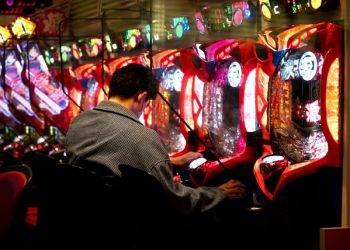Optical mark recognition, or OMR, is a process that reads information written or marked on documents. It is used in many industries, and some forms of surveying depend on it. In these instances, the information is stored in a sheet. The characters are then scanned using a scanner, which uses magnetic ink to read them. After a few seconds, the machine can determine the contents of a document.
OMR stands for Optical Mark Recognition, and it is a technology that acknowledges human-created marks on specially printed paper or journal. It is commonly used to evaluate large volumes of data and for the assessment of multiple choice questions. The technology has evolved from punch-hole systems to scanners. Its most distinguishing feature is accuracy. OMR can be accurate to less than 1%. For this reason, it has been used for many applications, including online surveys.
OMR began as a process that involved punch cards, and it is now widely used by businesses and organizations to evaluate data. It was originally developed by schoolteacher Reynold Johnson in the 1930s, when he wanted to streamline test grading. Johnson devised a machine that reads pencil marks on special test paper and tabulates them into a final score. Johnson, who had been working with computers for a long time, joined IBM in 1934 and spearheaded development of the Type 805 Test Scoring Machine, which debuted in 1938.
In addition to multiple choice examinations, OMR sheets can also be used for office purposes. Besides multiple choice questions, OMR is also used for surveys, questionnaires, and elections. In fact, it has been used in offices, as well as elections, for feedback, reply cards, and ballots. The benefits of OMR are endless, and it is easy to use and install. OMR is also very cost-effective.
Optical mark recognition has many uses. In surveys and exams, OMR can scan documents in a matter of minutes, and can reduce human error. OCR requires complicated hardware and software, and works by analyzing the shape and size of the marks. It will then translate the marks on the document into a machine-coded language. OCR is especially useful when there are multiple choice questions.
OMR forms are specialized forms that have been created by specialized software to make them compatible with OMR scanners. Multiple choice forms have answers circled in circles that align with the sensors on the scanner. OMR forms contain about 48 columns and 53 to 80 rows. In addition, these forms also contain timing tracks, which are rectangular blocks that point to the rows on the form and inform the scanner where to read pencil marks.













